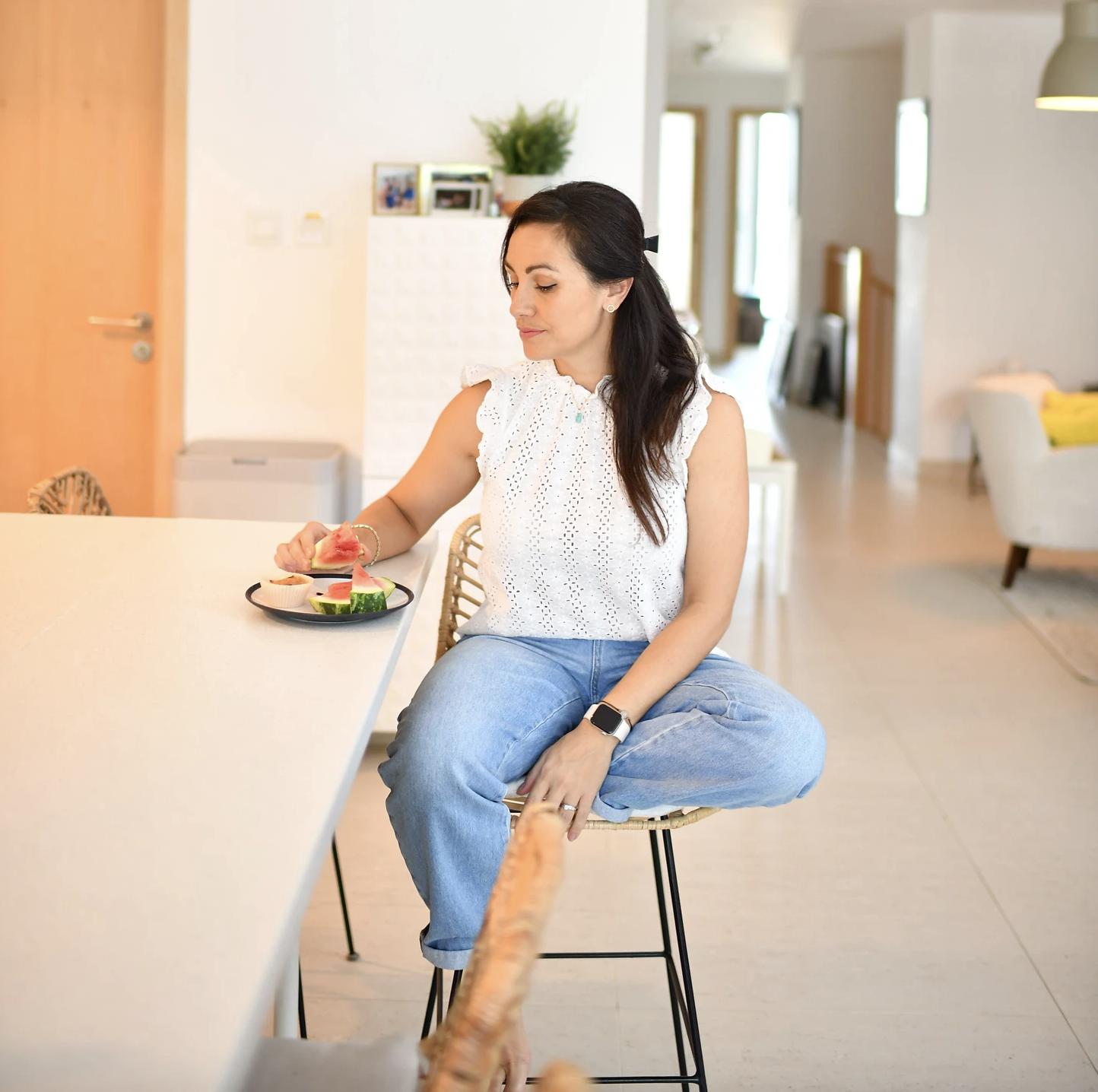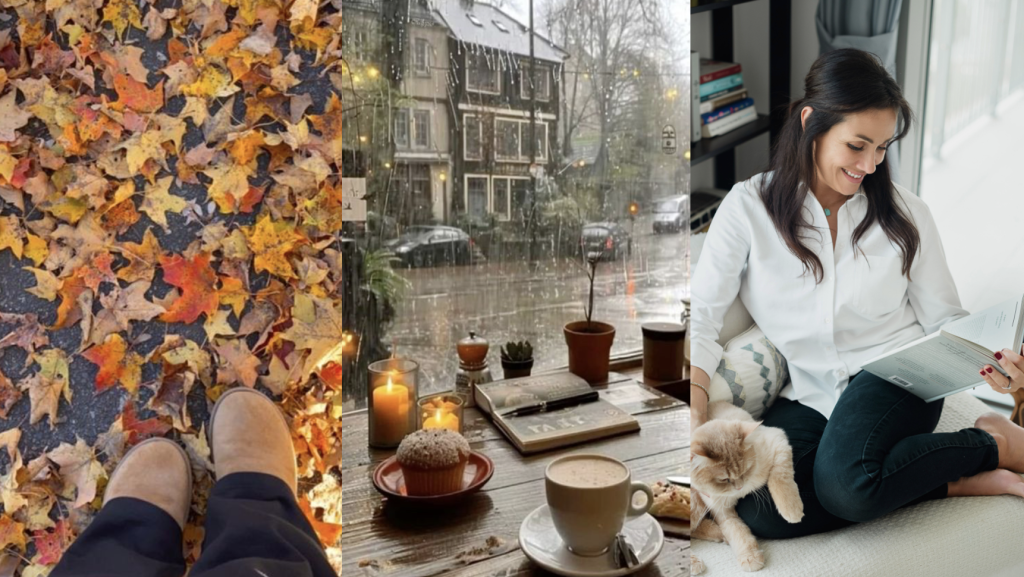8 Tips For Managing SAD as the seasons change

Seasonal Affective Disorder (SAD) is a type of depression that occurs at a specific time of year, usually during the autumn and winter months when there is less natural sunlight. SAD is more than just feeling down; it can significantly affect a person’s mood, energy levels, sleep patterns, and overall wellbeing.
Seasonal Affective Disorder (SAD) can be challenging as the seasons change, but there are several strategies that can help manage symptoms and improve overall wellbeing:
- Increase Exposure to Natural Light: Try to spend more time outdoors during daylight hours, especially in the morning, to help regulate your circadian rhythm. Even a short daily walk can make a difference, as natural light helps boost mood by increasing serotonin levels.
- Light Therapy: Consider using a light therapy box, which mimics natural sunlight. Sitting in front of a light box for about 20-30 minutes each morning can help alleviate symptoms of SAD by compensating for reduced sunlight exposure during autumn and winter.
- Maintain a Regular Routine: Establishing a consistent daily schedule for waking up, eating, and exercising can help stabilise your mood and energy levels. A structured routine can also help regulate sleep patterns, which is crucial for managing SAD.
- Exercise Regularly: Physical activity can boost endorphins and serotonin levels, improving mood and energy. Aim for at least 30 minutes of moderate exercise most days of the week, whether it’s walking, running, dancing, or a fitness class.
- Eat a Balanced Diet: Eating a healthy, balanced diet rich in fruits, vegetables, whole grains, lean proteins, and omega-3 fatty acids can support brain health and stabilise mood. Avoiding processed foods, excessive sugar and refined carbs can help prevent energy crashes that can worsen SAD symptoms.
- Stay Connected: Social support is crucial for mental health. Make an effort to stay connected with family and friends, whether in person or virtually. Joining clubs, support groups, or community activities can also provide a sense of belonging and reduce feelings of isolation.
- Practice Mindfulness and Relaxation Techniques: Mindfulness meditation, deep breathing exercises, and yoga can help reduce stress and anxiety, providing a sense of calm and balance. These practices encourage a focus on the present moment, which can alleviate negative thinking patterns associated with SAD.
- Get Enough Sleep: Ensure you’re getting 7-9 hours of quality sleep each night. Good sleep hygiene practices, such as keeping a regular sleep schedule, creating a relaxing bedtime routine, and minimising screen time before bed, can help improve sleep quality.
Credit: Claudia Dumond, Holistic Health Coach & Minimondo



